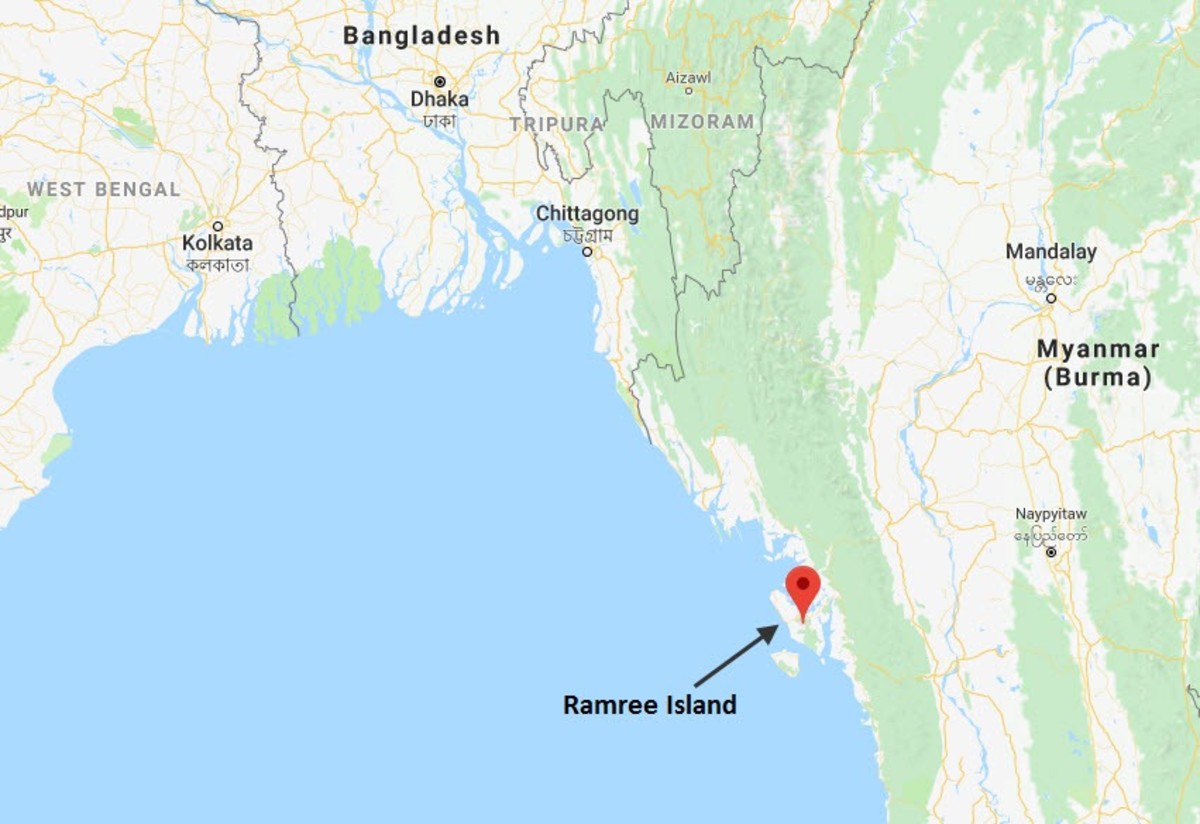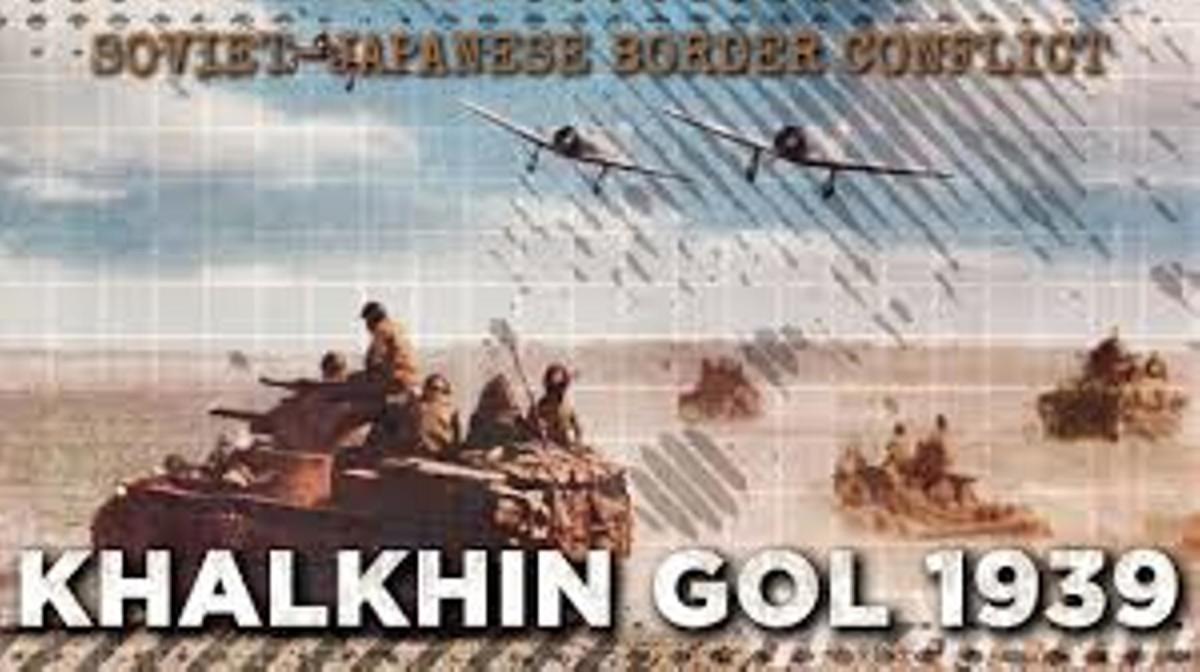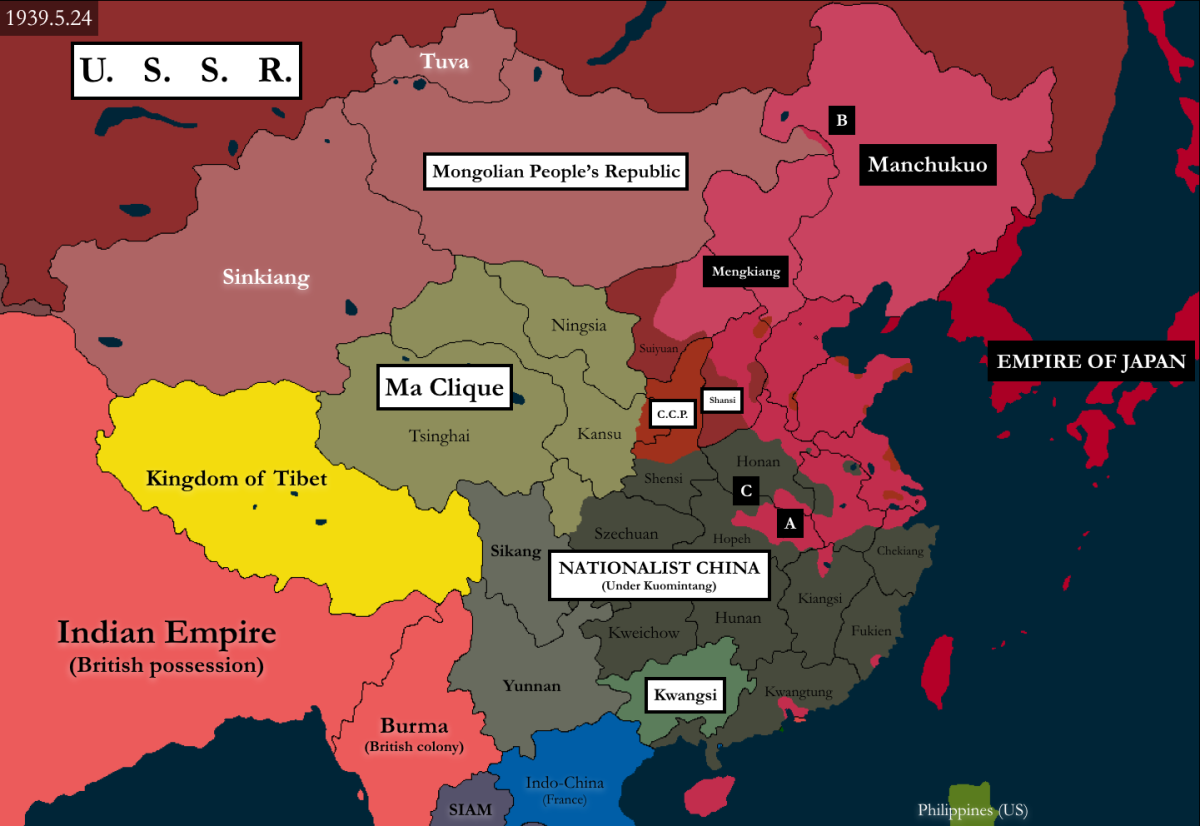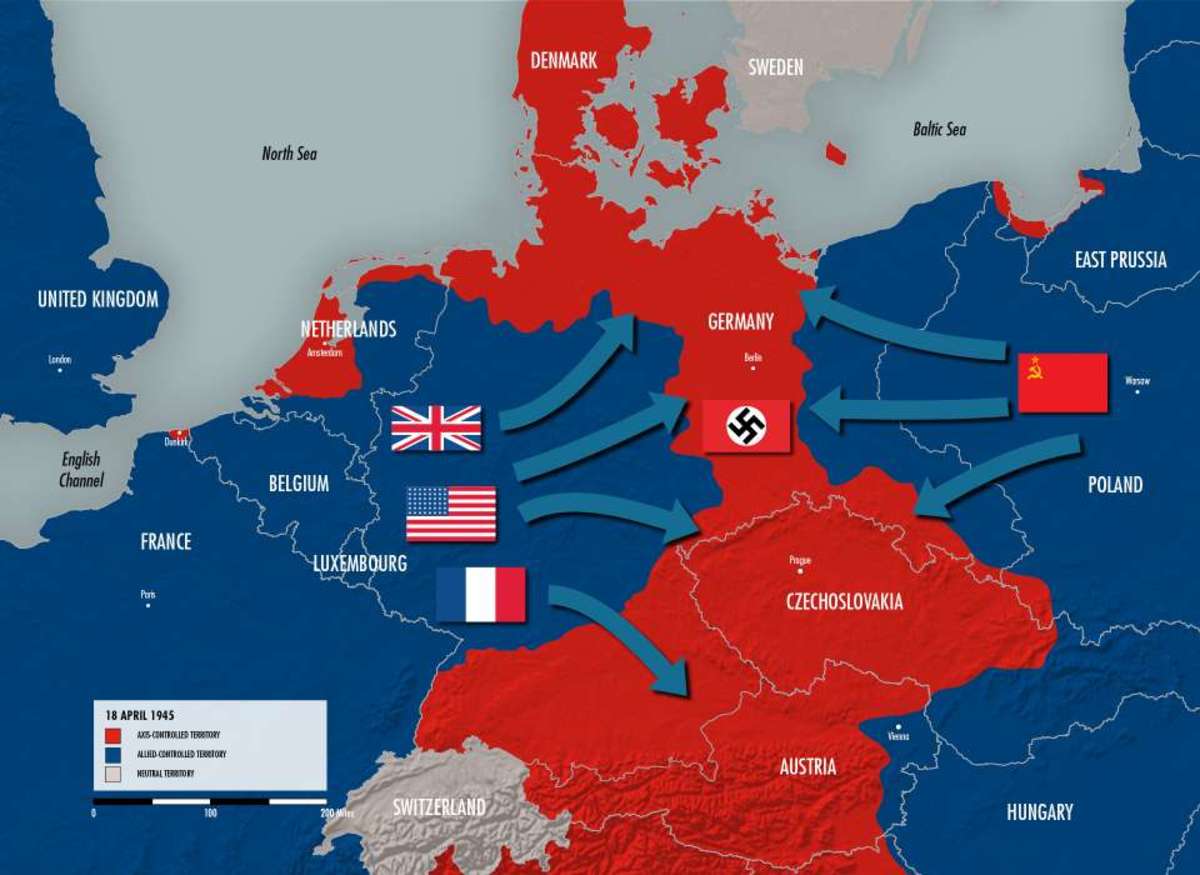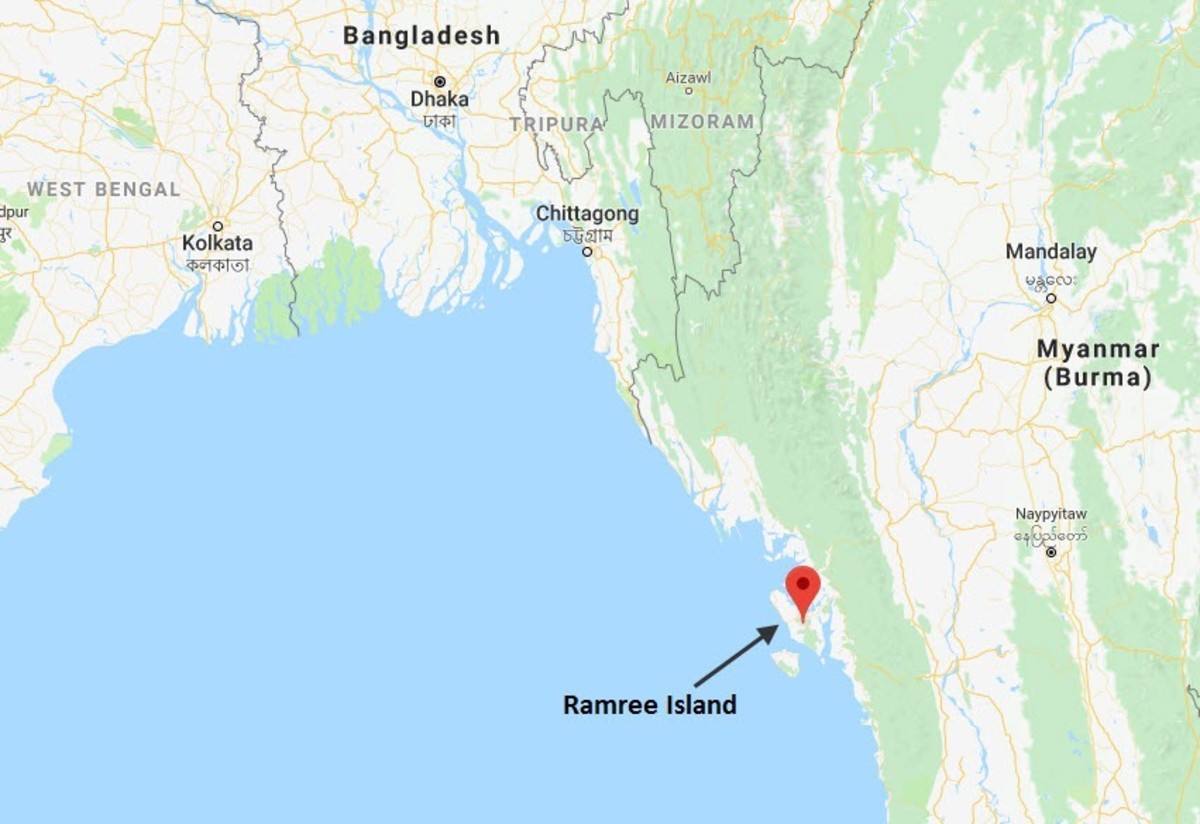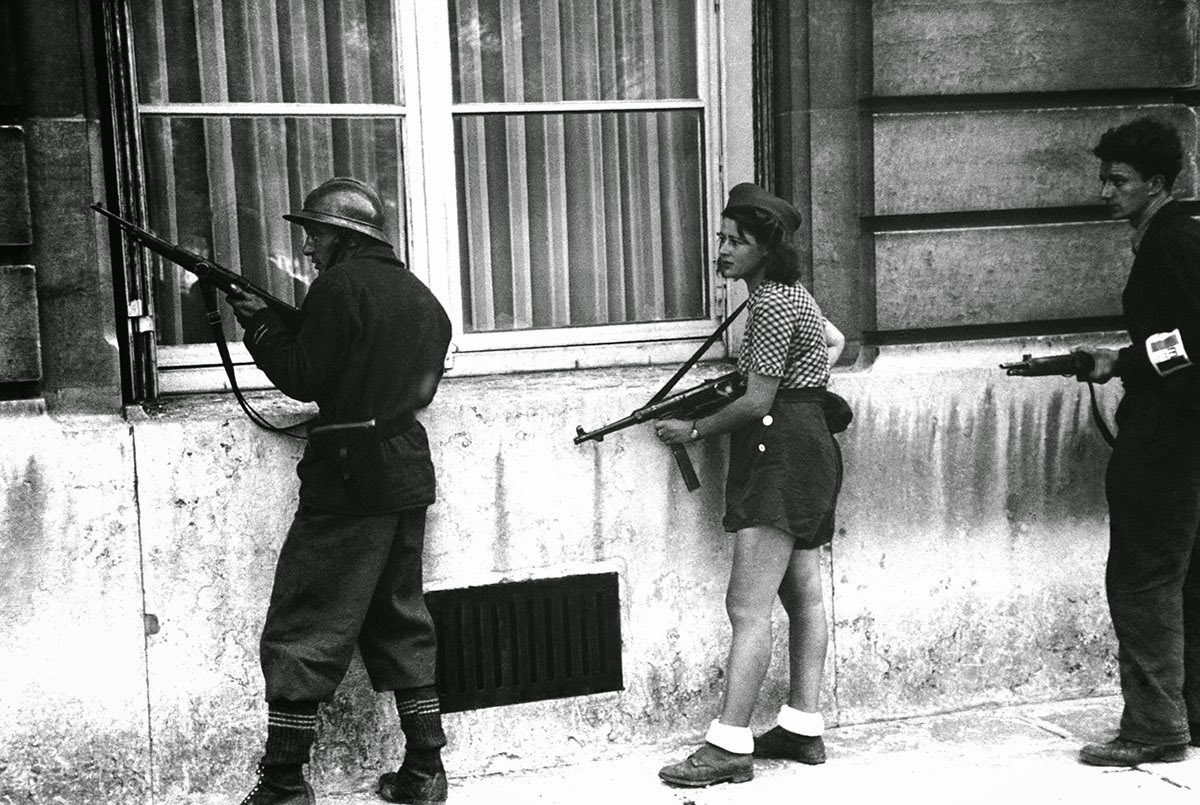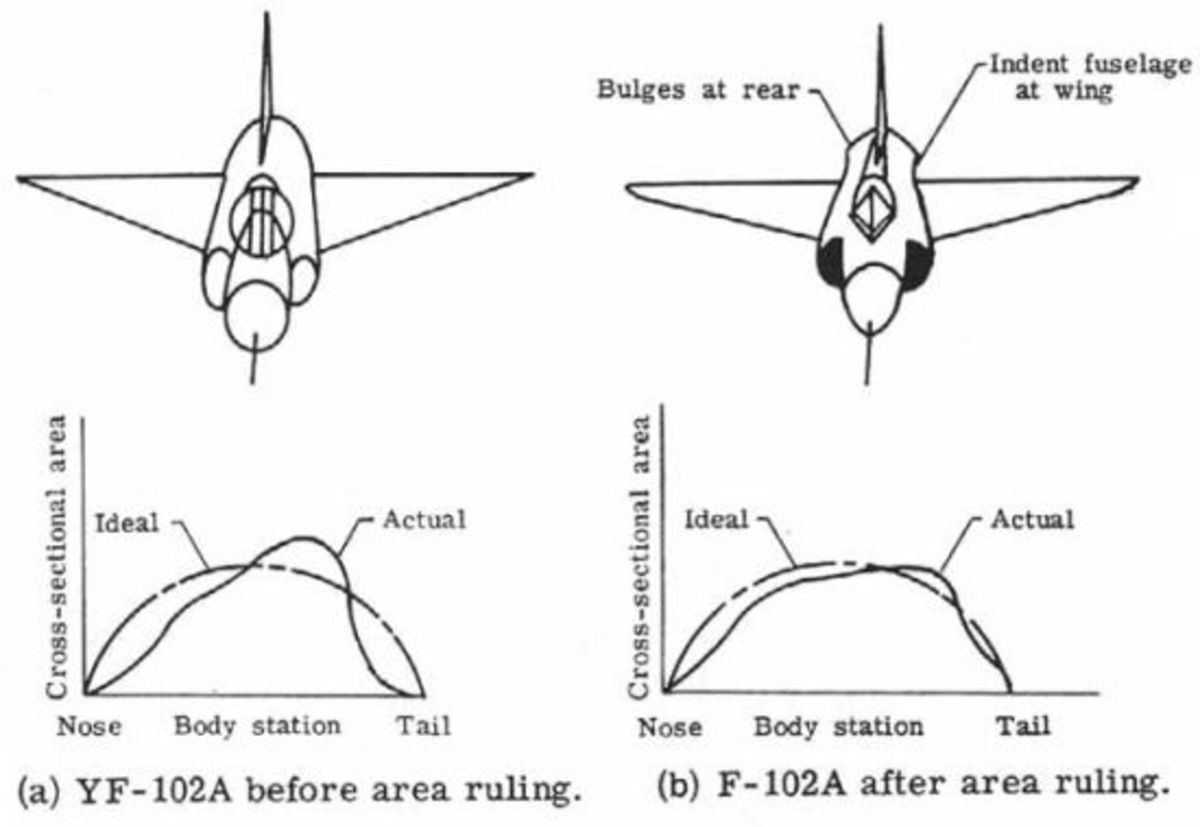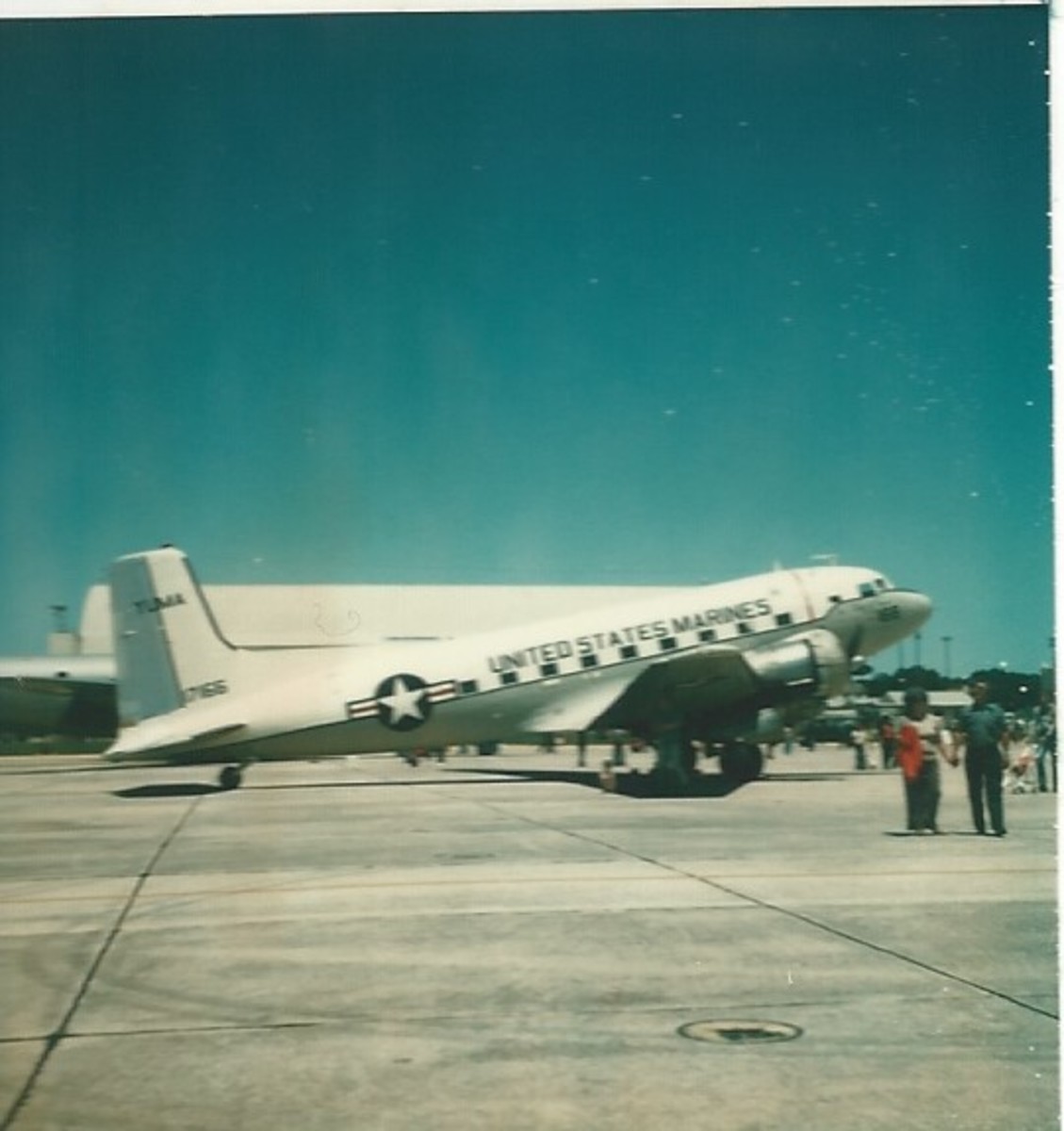This is War: Battle of Manila 1945 and Imperial Army Atrocities and Ferocious Fighting
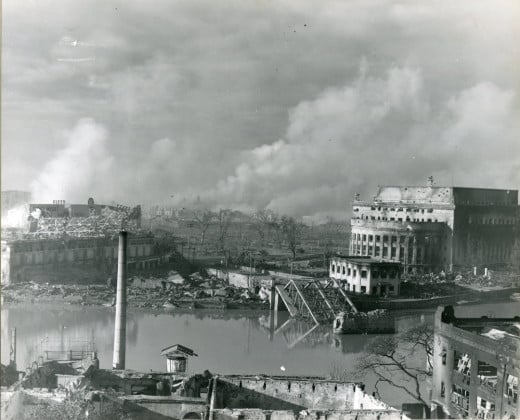
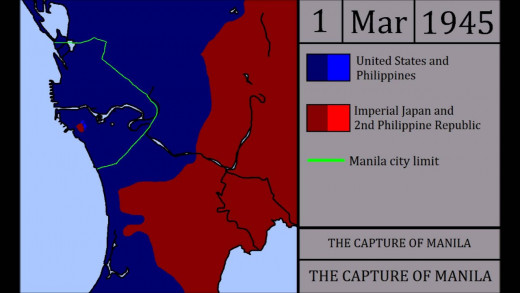
Background
The conquest of Southeast Asia by the Japanese Imperial Army is one facet of the 20th century that is difficult to justify. As a flight cadet, I remember reading a poem by Chris Purser. It reads, "Fight with hand or sword, fight as one against one, fight with honor and grace, and you will gain glory and love without disgrace. Give mercy and show mercy, and you’ll be respected among your enemies."
The crucial word is mercy and this the Japanese army totally lacked. During the battle of Manila, the Japanese committed indescribable atrocities against the local population. In February 1942, the Japanese Imperial Army in quest of an empire invaded the Philippines. General Homma was the commander. The US armed forces under the command of General MacArthur were outclassed and retreated from the Philippines and the entire archipelago became a Japanese colony.
The Japanese occupation of the Philippines lasted for three years. During this period they set up a puppet regime under Jose P Laurel as President. The Japanese also recruited or abducted hundreds of Philippine girls, some below 18 as 'comfort women' for the Japanese troops. The Japanese rule brought no benefit to the Philippines who anxiously waited for the return of the American forces.
The battle of Leyte Gulf in October 1944 and the decimation of the Imperial navy laid the groundwork for the invasion of the Philippines. The Japanese had decided to make the Philippines their major defence line to stop the American invasion of the homeland. They had fortified Manila the capital city with fanatical troops.
On 9 January 1945, the 6th US Army commanded by Lt. Gen. Walter Krueger made an amphibious landing at Lingayen Gulf. His main task was to reach Manila as per the instructions of General MacArthur.
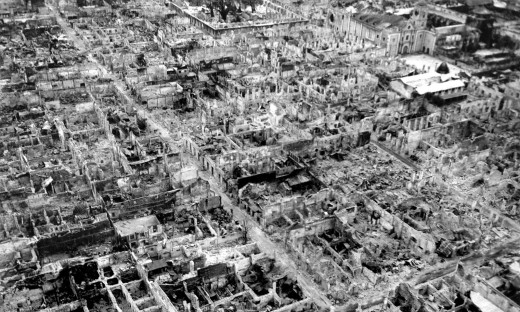
The battle
In addition, the 37th Infantry Division under Major Gen RS Beighter and Ist Cavalry Division under Major Gen Vernon D Nudge after landing at San Fabian on 27 Jan were on its way to capture Manila. McArthur while retreating had declared Manila an 'open city' so that the city is spared damage and destruction. The Japanese did not follow the lead of McArthur and decided to defend it. There was however a definite difference in the opinion of the Japanese commanders.
The overall command was with General Tomoyuki Yamashita. He decided not to defend Manila and with his troops vacated the city and made his defenses in the hills close by. However there was another player in the arena and he was vice Admiral Sanji Iwabuchi who was commander of the Imperial Navy's 31st navy special base force. He did not carry out the instructions of Yamashita and decided to defend each city block and the street of the city. He had about 12,500 men under his command and in addition, he had about 4500 Army troops. Yamashita had retreated with about 250,000 troops.
The battle commenced on 3 February 1945. It was the bloodiest city battle after Stalingrad. The Japanese fought to die. It was here the Japanese perfected the Kamikaze attacks. It was difficult for the Americans to advance as the Japanese entrenched themselves inside buildings and small lanes. It was very difficult to subdue their fortified positions. McArthur gave permission to use the artillery and the Americans with guns began to flatten away entire buildings and defenders inside. They used light and heavy howitzers and field guns and fired at the Japanese soldiers hidden in lanes at buildings at point blank range. Entire buildings were detroyed along with the Japanese soldiers and civilians inside.
The Japanese fought with the fatalistic contempt for death but along with that, they carried out atrocities on the civilians particularly the girls and woman. Iwabuchy exhorted his men to fight to the last for the glory of the Emperor and the Empire. Though he did not give any specific order against civilians and the woman yet the Imperial army soldiers resorted to mass killings and violations of the woman.
The conduct of the battle can be read in any book but one fact I must highlight here is the peculiar mind of the Japanese. The Japanese are basically Buddhists and follow the teachings as defined by their own thinkers of Gautama Buddha. Despite the peaceful nature of Buddhism the Japanese not only disregarded the laws of war and chivalry but indulged in atrocities. The killing of civilians and raping women cannot be justified under any certain circumstances. Thousands of Filipinos were also killed by American artillery as the American generals wanting to save the lives of their soldier's used heavy artillery even to flatten old Manila; the historic old quarter of the city.
The battle lasted till 3 March 1945 and by then the Americans had taken full control of the city which had been devastated completely. The imperial army lost 16,000 dead while the American casualties were much fewer. It cannot be gauged accurately as to how many civilians died but estimates range from 200,000 to 500,000.
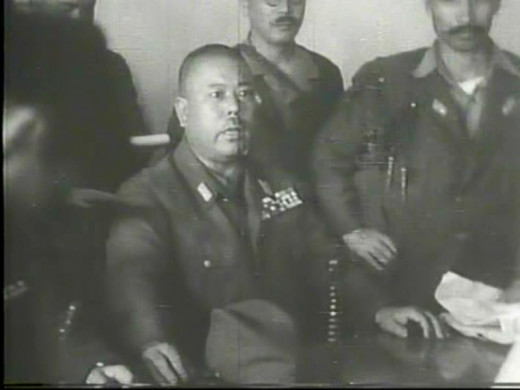
Last word
The guns stopped in Manila on the third March. Pockets of Japanese troops continued resistance but with the aid of Philippine guerrillas and special troops, they were neutralized. Vice Admiral Ibaguchi killed himself by burying a dagger in his stomach. General Yamashita who had escaped with almost 250,000 troops was also cornered and he surrendered once the Japanese agreed for unconditional surrender after the dropping of the A-bombs. He was tried by a special military tribunal and hanged to death in 1946. The execution of general Yamashita is a black mark, as he brought out in the trial in his defence that he was nowhere in Manila when the massacres took place, yet the court did not accept his argument and he was hanged to death.
The curtain came down on the battle of Manila which in terms of ferocity rivals Stalingrad. The atrocities of the Japnese rival Nanking.

